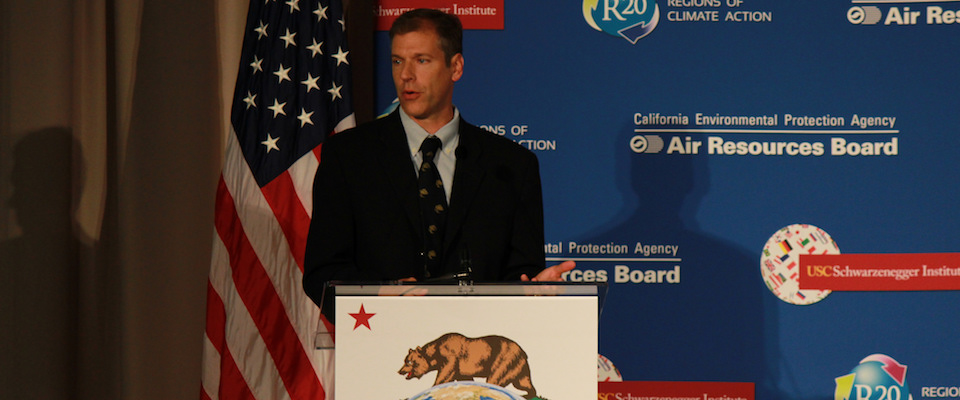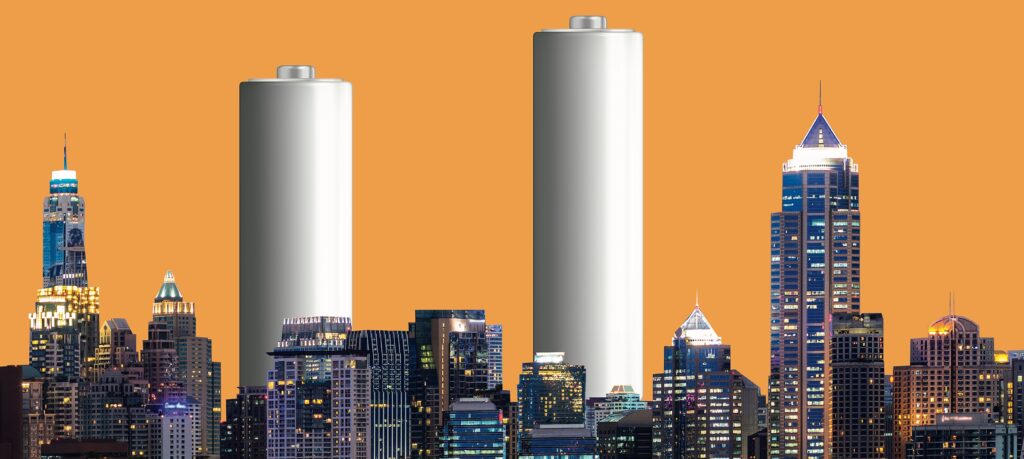A few days ago, we posted a piece on breakthroughs in thin-film solar cells, noting the development could lead to wider applications of solar technology.
Now, a new study from a team of Berkley researchers led by Dan Kammen, a professor in the Energy and Resources Group and the Goldman School of Public Policy and the director of the University’s Renewable and Appropriate Energy Laboratory, concludes solar power could provide the U.S. West with one-third of its power needs.
As reported by the UC Berkeley News Center, Kammen and company employed a computer model they developed to predict outcomes from the U.S. Department of Energy’s SunShot Initiative, a plan to bring solar technology to the American masses. And they found that, yep, with the right incentives, solar could take a quantum leap in power production in the next few decades, supplanting nuclear and natural gas.
At least, that’s the case for the American West, where the sun shines hot and bright—and might shine hotter and brighter still, given likely climate change scenarios. SunShot’s target is an unsubsidized solar power price of 6 cents a kilowatt-hour—the point at which solar could compete with or trump any conventional power source. Currently, solar power costs between 19 and 24 cents per kilowatt-hour.
SunShot’s ultimate goal is reducing carbon emissions to 80 percent below 1990 levels by 2050, and Kammen says that’s achievable in the American West. Recognition of the necessity for restricting atmospheric carbon will only increase in coming years, he says. And though natural gas looks like a secure play for the short-term, things are apt to be very different 35 years from now, as inventories are depleted. Nuclear power? Given the risks and expense, solar should prove a fierce competitor in the long haul.
Kammen also wove anticipated investment in new power plants and transmission lines and expected consumer demand response to changing power prices into his model. Bottom line: Solar power could both meet carbon emission reduction targets and save Western U.S. consumers 14 percent—or $20 billion—on their annual electricity bills by 2050.
That sounds like optimism of the sunniest sort. And Kammen allows the scenario is predicated on firm carbon caps—carbon taxes, in other words. These have been applied around the world with varying success; to call them popular would be an overstatement. But Kammen maintains we must accommodate them.
“We tax other forms of pollution—water pollution, air pollution (such as sulfur dioxide and nitrogen oxide),” Kammen said during a phone interview. “We have to pay when we haul junk to the dump. We need to view atmospheric carbon the same way. The U.S. EPA has declared carbon dioxide a pollutant, China and Europe have put prices on carbon—there needs to be acceptance of this.”
While solar technology has broad and deep support in the environmental community, it is by no means unequivocal. Conservationists are particularly worried about the impacts of “Big Solar” in the West—huge arrays of panels covering many hundreds or thousands of acres—even square miles. These centralized arrays can produce impressive gigawatts, but they can be as disruptive to wildlife habitat as a new freeway or a massive housing development. Though big, centralized arrays must be part of any scenario involving major solar power production, Kammen thinks solar energy’s impacts can be mitigated to a real degree by the widespread adoption of “distributed” systems: solar panels on buildings and in “brownfields”—abandoned or little-used industrial and commercial areas.
“Every big box store, every commercial building or apartment house, can support solar panels,” Kammen said. “We’re already seeing local governments move in this direction. The City of Davis, for example, now requires solar panels on all new car parks. I think the opportunities are going to keep opening up.”
— Glen Martin



















